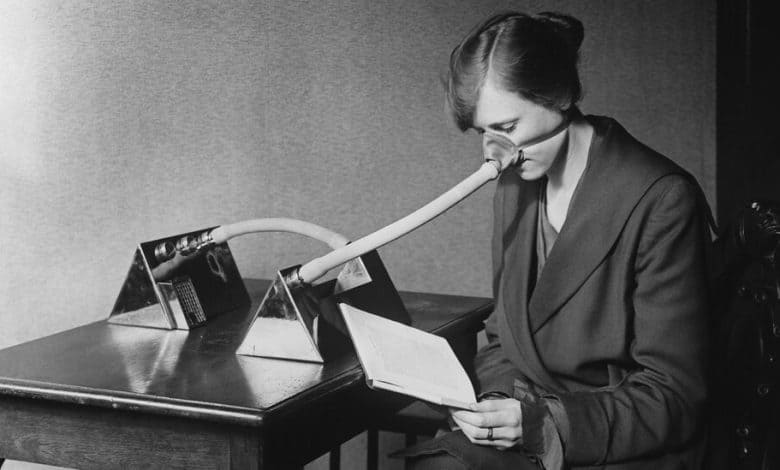As Bird Flu Looms, the Lessons of Past Pandemics Take on New Urgency

In 1918, an influenza virus jumped from birds to humans and killed an estimated 50 million to 100 million people in a world with less than a quarter of today’s population. Dozens of mammals also became infected.
Now we are seeing another onslaught of avian influenza. For years it has been devastating bird populations worldwide and more recently has begun infecting mammals, including cattle, a transmission never seen before. In another first, the virus almost certainly jumped recently from a cow to at least one human — fortunately, a mild case.
While much would still have to happen for this virus to ignite another human pandemic, these events provide another reason — as if one were needed — for governments and public health authorities to prepare for the next pandemic. As they do, they must be cautious about the lessons they might think Covid-19 left behind. We need to be prepared to fight the next war, not the last one.
Two assumptions based on our Covid experience would be especially dangerous and could cause tremendous damage, even if policymakers realized their mistake and adjusted quickly.
The first involves who is most likely to die from a pandemic virus. Covid primarily killed people 65 years and older, but Covid was an anomaly. The five previous pandemics we have reliable data about all killed much younger populations.
The 1889 pandemic most resembles Covid (and some scientists believe a coronavirus caused it). Young children escaped almost untouched and it killed mostly older people, but people ages 15 to 24 suffered the most excess mortality, or deaths above normal. Influenza caused the other pandemics, but unlike deaths from seasonal influenza, which usually kills older adults, in the 1957, 1968 and 2009 outbreaks, half or more deaths occurred in people younger than 65. The catastrophic 1918 pandemic was the complete reverse of Covid: Well over 90 percent of the excess mortality occurred in people youngerthan 65. Children under 10 were the most vulnerable, and those ages 25 to 29 followed.
